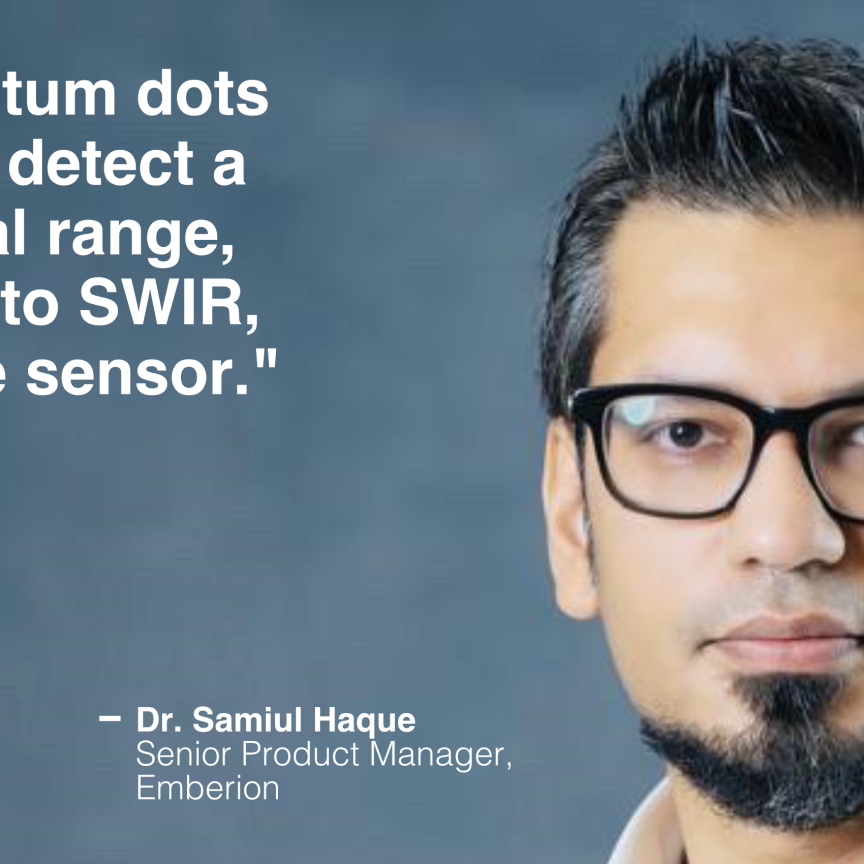Andanta has released its DIRVIEW converter, which transforms Short Wave Infrared (SWIR) light from the wavelength range 900 nm - 1.7 μm into green, visible light.
The converter integrates an Indium-Gallium-Arsenide (InGaAs) photodiode array as a near-infrared detector with a special circuit to drive a green-emitting LED-array with the same spatial resolution as the detector array.
That allows to examine SWIR scenes indirectly with a "normal" silicon-based camera or with the naked eye, both having their maximum of relative spectral sensitivity in the green wavelength range.
The detection sensitivity currently is ≤ 100 μW/mm2 irradiance at a conversion efficiency of ≤ 3% W / W. In lower light environments the use of a sensitive camera may be recommended to record the LED intensity distribution. Also, a short response time of the converter in the range of at least some hundreds MHz is useful in many applications.
By default, the pixel resolution of the DIRVIEW converter is 320 x 320 or 1280 x 960 pixels (resolution detector field = resolution emitter field) with a pixel size of only 10 μm resulting in a recording and radiating surface of only 3.2 x 3.2 mm2 or 12.8 x 9.6 mm2 respectively. Differing DIRVIEW resolutions can be customized.
The operating voltage amounts to only 3 V at a low power consumption recommending the converter for mobile applications as well when using a battery power supply.
A standard small and lightweight 8LCC- or 12LCC ceramic housing serves as the package for the DIRVIEW, bringing the mechanical dimensions down to 8 x 8 x 1.15 mm3 and 18 x 18 x 1.45 mm3 respectively.
Possible applications include fiber optic test systems, laser beam analysis, microscopy, solar cell inspection, fire detection, high-speed SWIR imaging and many more.
CCD4850 in buttable package
Also new from Andanta is the CCD4850 image sensor with a resolution of 4.096 x 4.096 pixels. It is supplied in a buttable package to build up large image sensor mosaics with only a small separation between the active CCD elements.
Using backthinning technology and a deep depletion region 30μm (100μm) thick equips the sensor with the highest broadband quantum efficiency of > 95% in a spectral region of 300 nm to 1.000 nm, and also with a high red response of > 90 % at 700 nm.
A noise optimized design leads to low noise values of typ. 2.5 e- at 100 kHz vertical transfer rate, while the read out rate amounts to < 1 fps at 4 outputs.
The new CCD4850 is the successor of the well-proven CCD4150 (4k x 4k backthinned as well), so that many electro-optic parameters will be comparable. However the sensor package of the predecessor CCD4150 is not buttable.
The new CCD4850 has been developed primarily for astronomical applications, but is also suitable for high resolution measurement tasks, that have to meet special requirements.

